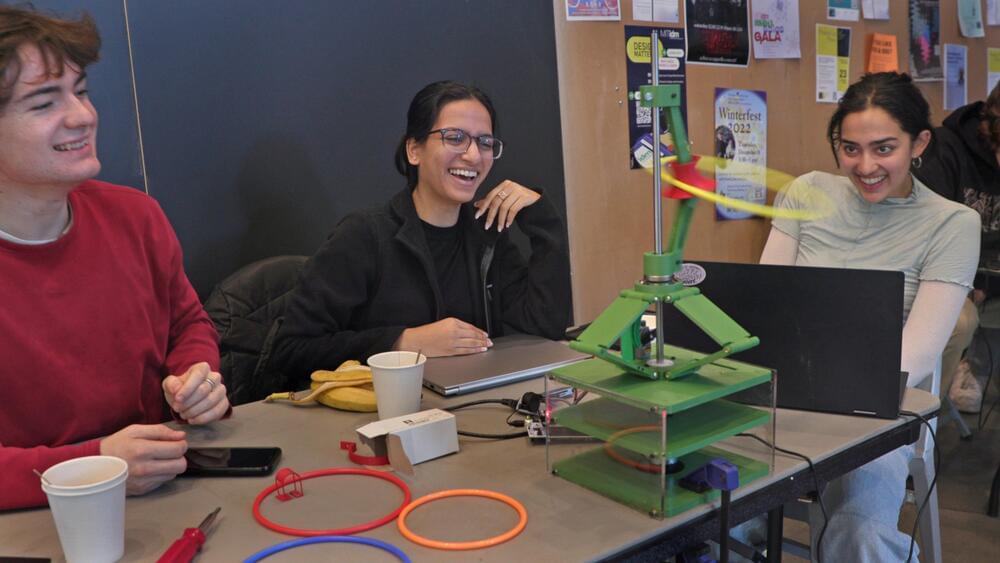Meta this week showcased its work on new generative AI technologies for its consumer products, including Instagram, WhatsApp and Messenger, as well as those being used internally at the company. At an all-hands meeting, Meta CEO Mark Zuckerberg announced several AI technologies in various stages of development, including AI chatbots for Messenger and WhatsApp, AI stickers, and other tools that would allow photo editing in Instagram Stories, in addition to internal-only products, like an AI productivity assistant and an experimental interface for interacting with AI agents, powered by Meta’s large language model LLaMA.
Axios had first reported the news of the consumer-facing AI agents and photo-editing tools, specifically. But the larger presentation touched on a number of areas where Meta is developing AI technologies and commentary about where it sees this space going.
In addition, the company announced it’s planning to host an internal AI hackathon in July focused on generative AI, which could result in new AI products that eventually make their way to Meta’s users.







